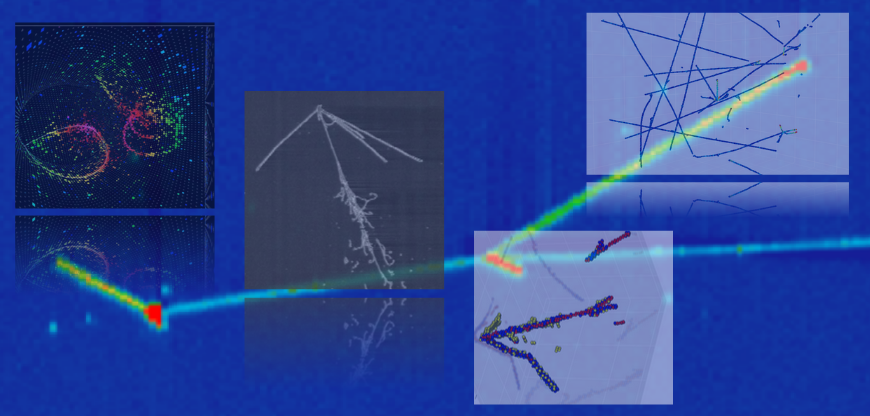Speaker
Kiseeva Viktoriia
Description
Machine learning methods were explored for particle identification (PID) in the SuperFGD detector, which part of the recent upgrade to the T2K near detector. Baseline models were established to provide benchmarks, followed by a classical neural network where feature engineering was applied to improve separation. A transformer-based architecture was then developed, with data augmentation, class-weighting, and pre-trained models tested to address class imbalance and improve generalization. Ongoing studies aim to clarify the comparative performance of these approaches and their potential role in future PID pipelines.

